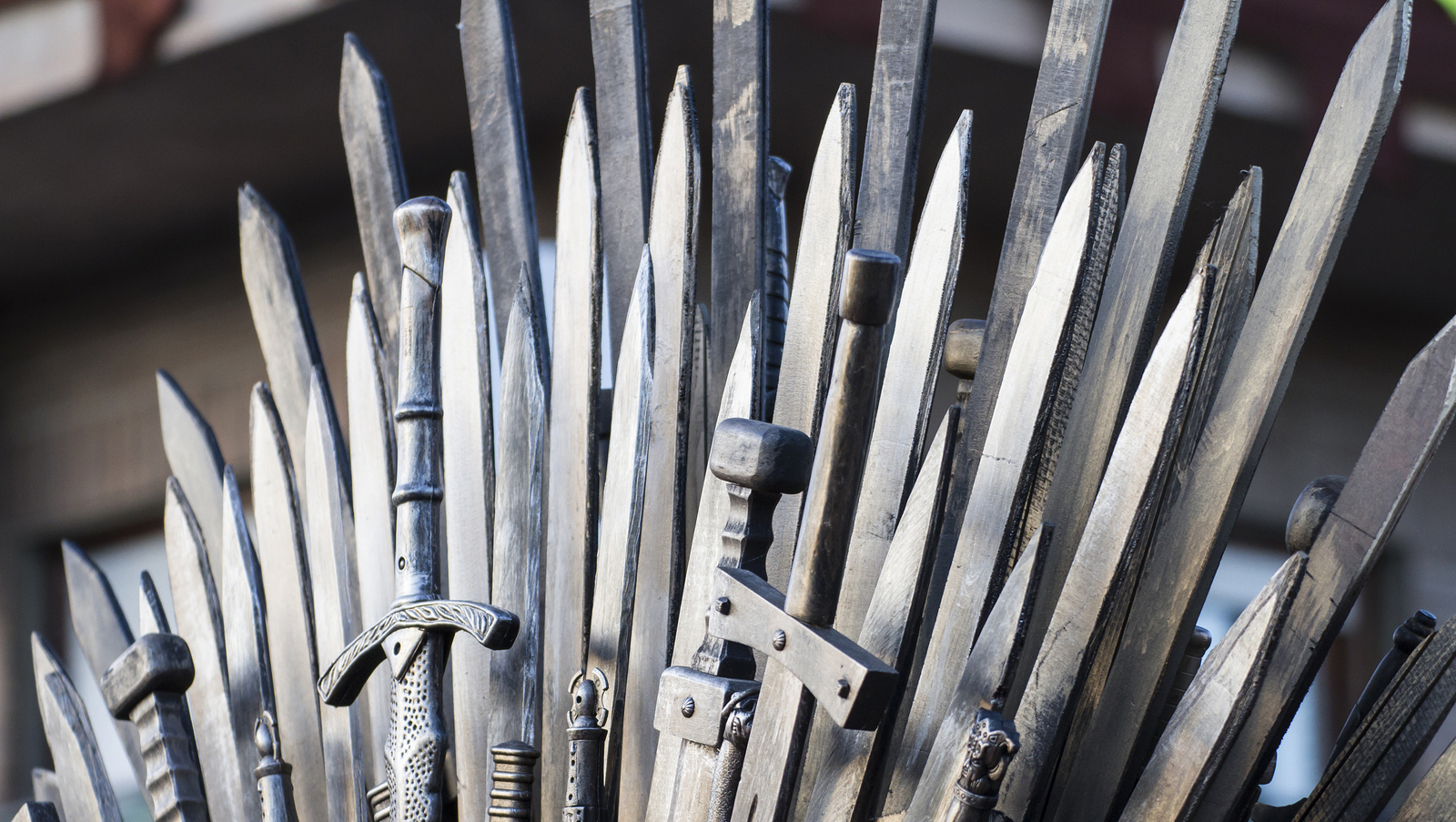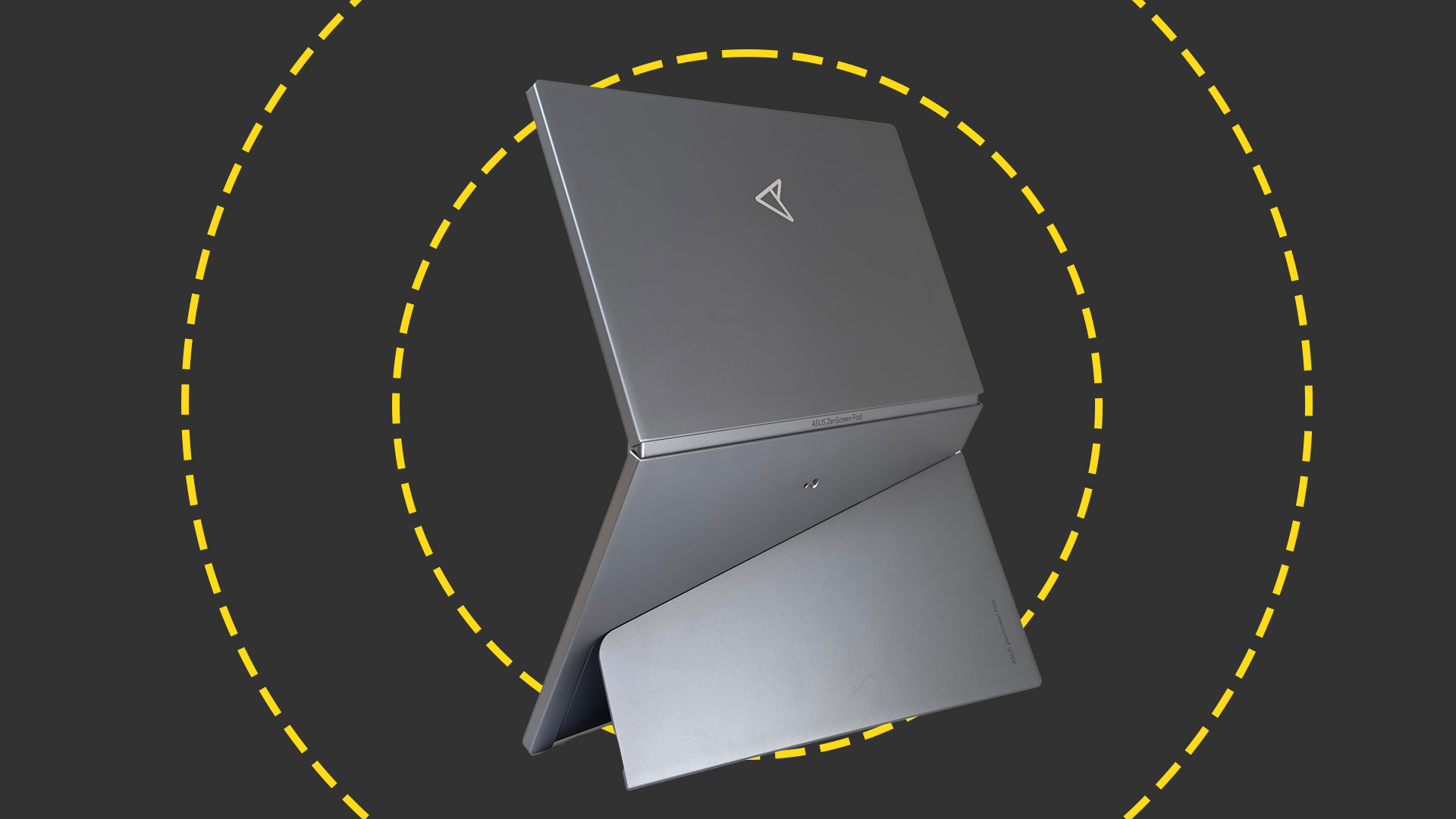An AI algorithm can predict who dies in Game of Thrones Season 6
When you play the game of big data, you win or you die


HBO's Game of Thrones is notorious for killing off its major characters in various grisly ways, but it is often impossible to predict who will die next - unless you're an AI algorithm, it seems.
Researchers at the Technical University of Munich (TUM) have put together a set of machine learning algorithms, which trawl through data from the books and TV show in order to predict who will be next for the chop.
The team have set up a website - A Song of Ice and Data - where you can look over the list of most likely deaths, as well as looking at more in-depth statistics, such as whether men, women, lords or lowborn are more likely to die.
The top two entries might not come as a surprise to many; toddler-king Tommen Baratheon has a 97 per cent probability of croaking, while there's a 96 per cent chance that his quasi-uncle Stannis Baratheon will be off to meet the Lord of Light this season.
Some predictions are more surprising. TUM's algorithms suggest that Daenarys Targaryen, for example, is 95 per cent likely to buy the (dragon) farm in the coming episodes.
Sansa Stark has the best odds of surviving by some margin, with a given death likelihood of just three per cent. Jon Snow is also rated as just 11 per cent likely to die, which - without spoiling anything - may come as a shock to some.
"This project has been a lot of fun for us," said Guy Yachdav, who created the project. "In its daily work, our research group focuses on answering complex biological questions using data mining and machine learning algorithms."
Get the ITPro daily newsletter
Sign up today and you will receive a free copy of our Future Focus 2025 report - the leading guidance on AI, cybersecurity and other IT challenges as per 700+ senior executives
"For this project we used similar techniques," he added. "Only this time the subject matter was a popular TV show. The epic scale of the worlds created by George R R Martin provides an almost endless resource of raw multi-dimensional data. It provided the perfect setting for our class."
"Data mining and machine learning are tools that enable digital medicine to benefit from modern biology for diagnosis, treatment and prevention of disease," summarised TUM's professor of bioinformatics, Burkhardt Rost.
"Turning to such a 'real life' challenge created a didactical jewel, winning students for these subjects, and the interactive visual maps created in the project might open a new approach to data visualization that we will follow up scientifically."
Adam Shepherd has been a technology journalist since 2015, covering everything from cloud storage and security, to smartphones and servers. Over the course of his career, he’s seen the spread of 5G, the growing ubiquity of wireless devices, and the start of the connected revolution. He’s also been to more trade shows and technology conferences than he cares to count.
Adam is an avid follower of the latest hardware innovations, and he is never happier than when tinkering with complex network configurations, or exploring a new Linux distro. He was also previously a co-host on the ITPro Podcast, where he was often found ranting about his love of strange gadgets, his disdain for Windows Mobile, and everything in between.
You can find Adam tweeting about enterprise technology (or more often bad jokes) @AdamShepherUK.
-
 Asus ZenScreen Fold OLED MQ17QH review
Asus ZenScreen Fold OLED MQ17QH reviewReviews A stunning foldable 17.3in OLED display – but it's too expensive to be anything more than a thrilling tech demo
By Sasha Muller
-
 How the UK MoJ achieved secure networks for prisons and offices with Palo Alto Networks
How the UK MoJ achieved secure networks for prisons and offices with Palo Alto NetworksCase study Adopting zero trust is a necessity when your own users are trying to launch cyber attacks
By Rory Bathgate